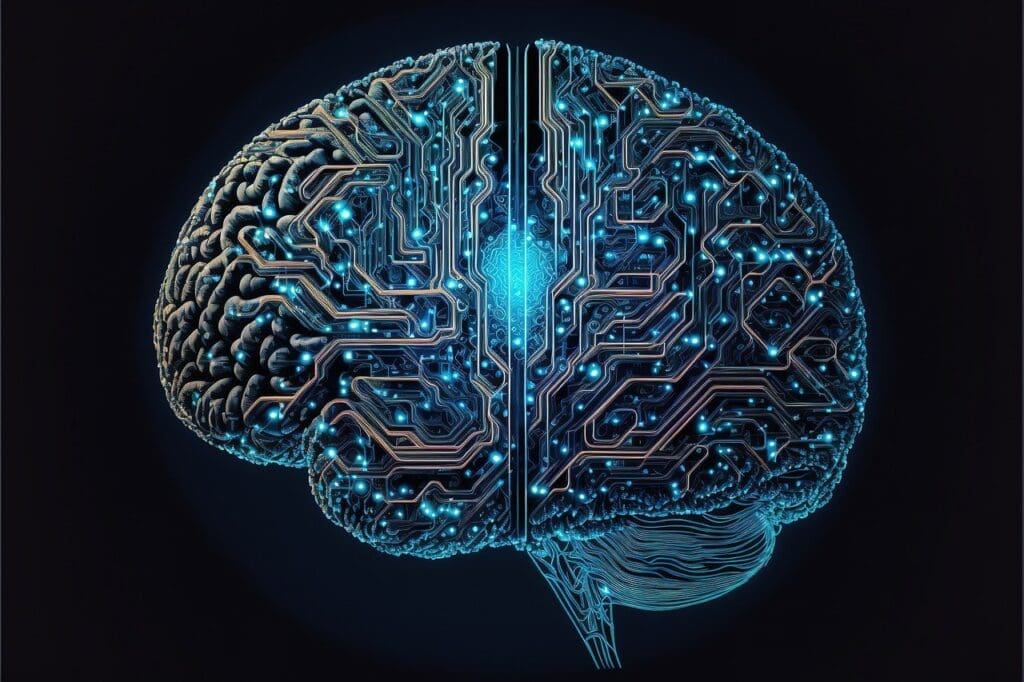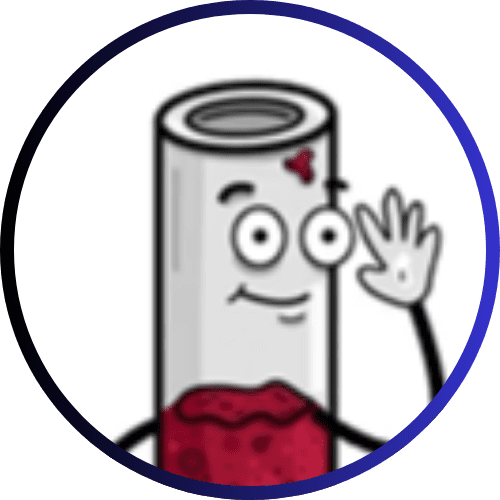Biomarkers for the effect of psychotherapy on brain structure identified
A groundbreaking study by Martin Luther University Halle-Wittenberg (MLU) and the University of MĂŒnster shows for the first time that cognitive behavioral therapy causes measurable changes in the brain structure of patients with depression. The results show that psychotherapy induces anatomical changes in brain regions that are crucial for processing emotions, putting them on a par with drug or electrostimulation treatments.
Worldwide, about 280 million people suffer from major depression, which is often accompanied by structural changes in the anterior hippocampus and the amygdala â both regions are central components of the limbic system and control emotions. The study examined the brains of 30 patients with acute depression before and after 20 sessions of cognitive behavioral therapy using structural magnetic resonance imaging (MRI). These images provided detailed insights into the shape, size and location of brain tissue. In addition, clinical interviews were conducted to document changes in depressive symptoms, such as difficulties in recognizing and describing feelings. A control group of 30 healthy people who received no therapy was used for comparison.

The results are clear: In 19 of the 30 patients, depressive symptoms had decreased significantly after therapy. In addition, there was a significant increase in the volume of gray matter in the left amygdala and in the anterior right hippocampus. The association between these changes and the decrease in sensory disturbances was particularly striking: Patients with a greater increase in gray matter in the amygdala reported a greater improvement in their symptoms.
For the first time, the study provides a valid biomarker for the effect of psychotherapy on brain structure. This proves that cognitive behavioral therapy not only positively influences thought patterns, emotions and behaviors, but also causes physical changes in the brain that are similar to those of drug therapies. The researchers emphasize that no form of therapy is fundamentally superior â while some people respond better to medication or electrical stimulation, psychotherapy is the most effective option for others. However, the study underlines that psychotherapy is an equivalent alternative from a medical-scientific perspective.
The research work was supported by the German Research Foundation (DFG), the Federal Ministry of Research, Technology and Space and the state of Saxony-Anhalt.
Original Paper:
Zwiky E. et al. Limbic gray matter increases in response to cognitive behavioural therapy in major depressive disordner. Translational Psychiatry (2025). DOI: 10.1038/S41398-025-03545-7
Editor: X-Press JournalistenbĂŒro GbR
Gender Notice. The personal designations used in this text always refer equally to female, male and diverse persons. Double/triple naming and gendered designations are used for better readability. ected.




